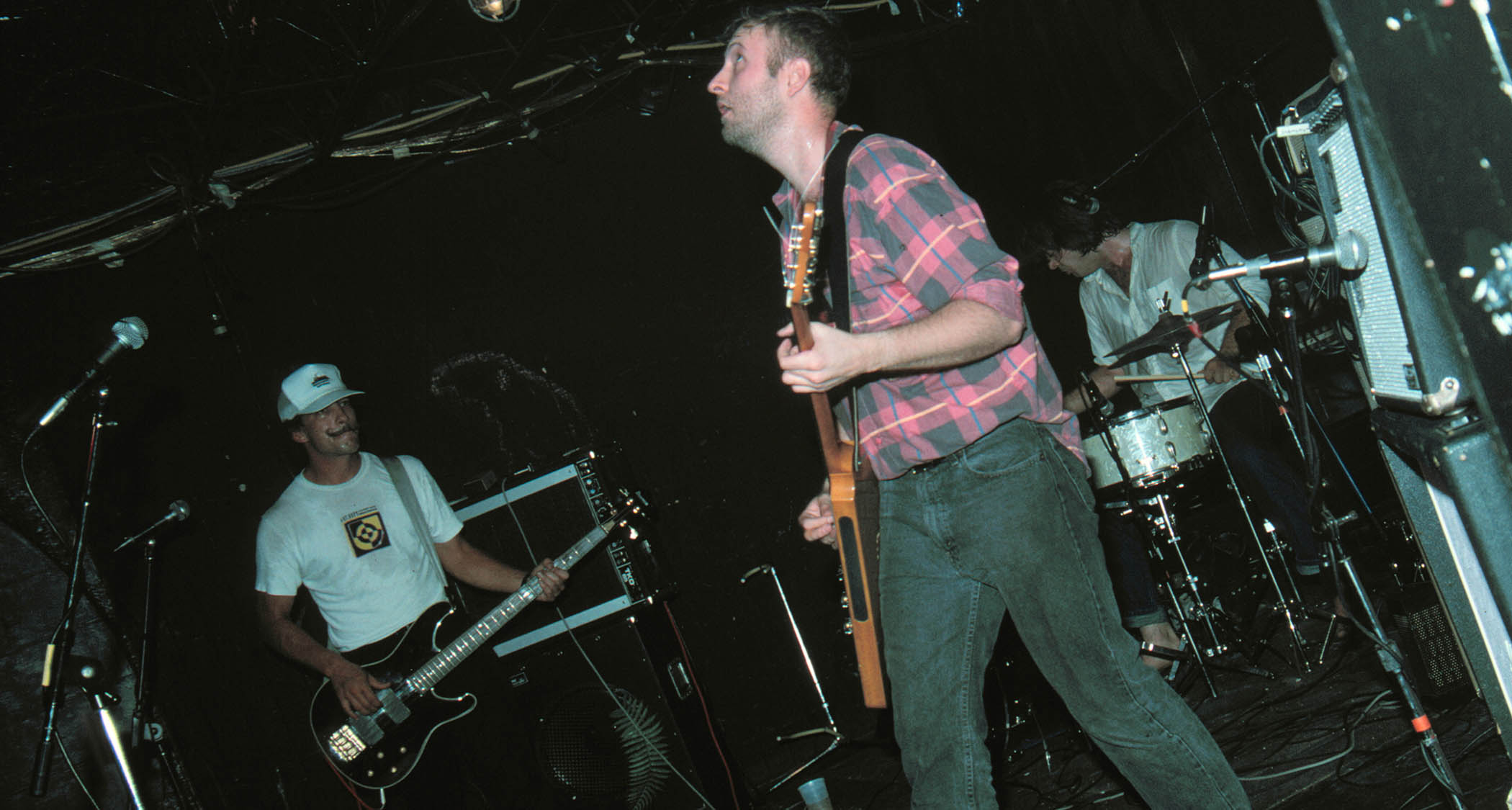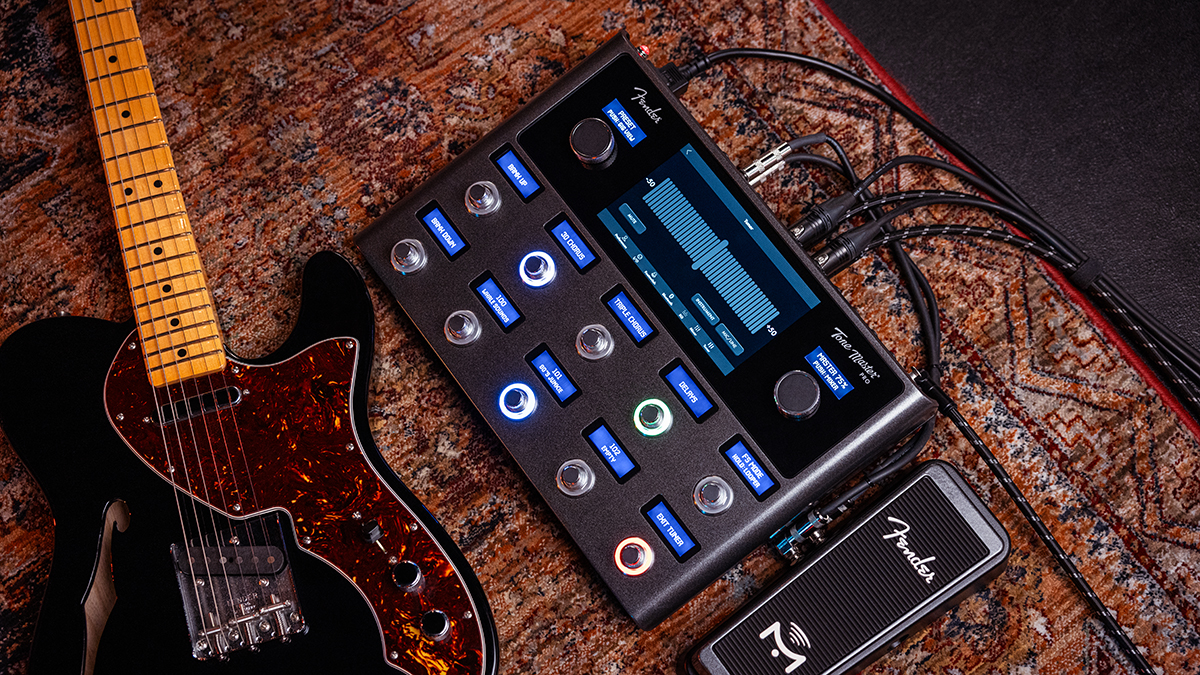“I don’t remember any conflict inside the band. We were determined to grab back the reins from anyone who was holding them and do the album the way we wanted it to be done”: Bob Mould on myth vs reality and the making of Hüsker Dü’s New Day Rising
Tension? What tension? New Day Rising found Hüsker Dü's creativity surging, setting the table for Flip Your Wig. But is it as influential as people say is? Mould is not so sure

Through the revisionist lens of rock history, Hüsker Dü’s third full-length album, New Day Rising, is often viewed as highly anticipated and groundbreaking.
It’s seen as an album that upped the ante on the success of the band’s abrasive, semi-melodic second record, Zen Arcade, by incorporating more open chords and hooks into their scratchy, sloppy hardcore. And in the process, the legend goes, the Minnesota trio fueled their enmity toward one another and their label into their music, creating melody-tinged songs that created the groundwork for angst-fueled alternative rock.
While some of this is true, New Day Rising wasn’t created out of pure spite or painstakingly cultivated to reinvent hardcore or create a new breed of pop. It was more like a natural progression of the spontaneous sound of three ambitious, frequently drunk punks pushing boundaries and sprinting headlong toward a destination that didn’t exist.
“When we did New Day Rising, we didn’t have a big following or the blessings of the critics,” guitarist Bob Mould says. “We were moving forward and getting better and what did, whatever that was. But to me, it’s a very transitional record, the midway point between Zen Arcade and Flip Your Wig.”
Hüsker Dü started working on New Day Rising soon after they finished their 1984 double concept album, Zen Arcade. Their label, SST, immediately asked for a follow-up, so the band loaded up their practice space with beer and went back into writing mode.
We had become better songwriters, so New Day Rising was a more melodic record
Hüsker Dü hoped to self-produce New Day Rising, but SST insisted they reconnect with California-based in-house producer Spot, who had worked on the band’s last two records.
As a compromise, the band agreed to work with Spot if they could record the album at Nicollet Studios in their hometown of Minneapolis. To correct a common misconception, the tension that fueled the record was caused mostly by friction with SST, and not because of any bad blood between the members (as would eventually be the case).
All the latest guitar news, interviews, lessons, reviews, deals and more, direct to your inbox!
“I don’t remember any conflict inside the band,” Mould says. “We were all on the same page trying to make another record and were constantly driven to keep going and going. And we were determined to grab back the reins from anyone who was holding them and do the album the way we wanted it to be done.”
Hüsker Dü recorded New Day Rising in just a few days and often tracked songs in one or two takes. For the sessions, Mould played the same Ibanez Explorer he used on Zen Arcade through a Fender Silverface Deluxe Twin Reverb and an MXR Distortion Plus.
While he considers New Day Rising as an evolution of the band’s sound, Mould stops short of calling it revolutionary, and scoffs at the myriad critics who have ranked it among the best and most influential albums of all time.
“For me, it was just a continuation of the direction we were heading with Zen Arcade,” he says. “We had become better songwriters, so New Day Rising was a more melodic record. More than anything, though, it was the step before Flip Your Wig, which was the best moment for us as a band.”
- New Day Rising is out now on SST.
- This article first appeared in Guitar World. Subscribe and save.
You must confirm your public display name before commenting
Please logout and then login again, you will then be prompted to enter your display name.


